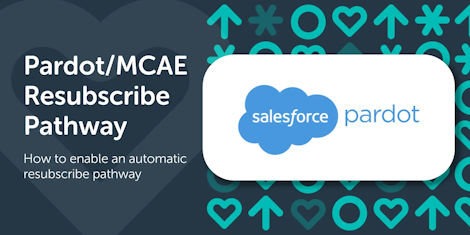Suppressing prospects is an important part of ensuring the right content is going to the right audience at the right time. That’s why it is important to know how suppression lists in Pardot Engagement Studio work.
Suppression Lists
When a prospect is added to a suppression list they are effectively paused, meaning they will not flow any further in the program. When they are removed from the suppression list, they will continue their journey exactly where they left off.
It is important to note that if you use a dynamic list as a suppression list, there will be a time delay in the prospects becoming a member of the list. This means if a prospect enters a recipient list and matches the rules for a suppression list, there is a possibility they will flow onto the Engagement Studio before being added to the suppression list.
Public List Opt-out
Public lists are used in Pardot for preference centre options. How they work is if you select the preference option, you are a member of the list. If you then return to the preference centre and choose a different option you are still a member of the list, however, you are ‘opted-out’ of the list.
Within the Engagement Studio, if a prospect opts-out of a list they still remain on the engagement studio and will continue to flow down the campaign path, but they will not receive any emails. If the prospect returns to the preference centre and opts back in to the list, they will be exactly where they would have been if they hadn’t opted out – meaning they will receive the most up to date content.
It is important to note that if you want to segment on a public list you should not use the rule ‘is a member of the list’ – this will bring all prospects into your dynamic list even if they are opted out. You should instead use the rule ‘prospect public list opt-out status’.



